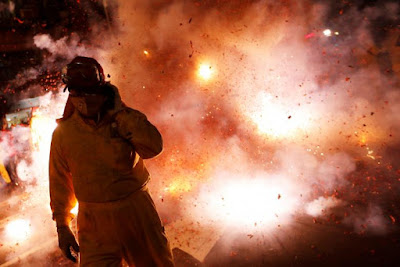The Lantern Festival or the Spring Lantern Festival is a Chinese festival celebrated on the fifteenth day of the first month in the lunisolar Chinese calendar. Usually falling in February or early March on the Gregorian calendar, it marks the final day of the traditional Chinese New Year celebrations. As early as the Western Han Dynasty (206 BCE-CE 25), it had become a festival with great significance. During the Lantern Festival, children go out at night carrying paper lanterns and solve riddles on the lanterns.
In ancient times, the lanterns were fairly simple, and only the emperor and noblemen had large ornate ones. In modern times, lanterns have been embellished with many complex designs. For example, lanterns are now often made in the shape of animals. The lanterns can symbolize the people letting go of their past selves and getting new ones, which they will let go of the next year. The lanterns are almost always red to symbolize good fortune.
The festival acts as an Uposatha day on the Chinese calendar. It should not to be confused with the Mid-Autumn Festival; which is sometimes also known as the "Lantern Festival" in locations such as Singapore and Malaysia. The Lantern Festival has also become popular in Western countries, especially in cities with a large Chinese community. In London, the Magical Lantern Festival is held annually.
There are many different beliefs about the origin of the Lantern Festival. However, its roots trace back more than 2000 years ago and is popularly linked to the reign of Emperor Ming of Han at the time when Buddhism was growing in China. Emperor Ming was an advocate of Buddhism and noticed Buddhist monks would light lanterns in temples on the fifteenth day of the first lunar month. As a result, Emperor Ming ordered all households, temples and the imperial palace to light lanterns on that evening. From there it developed into a folk custom. Another likely origin is the celebration of "the declining darkness of winter" and community's ability to "move about at night with human-made light," namely, lanterns. During the Han Dynasty, the festival was connected to Ti Yin, the deity of the North Star.















0 Comments